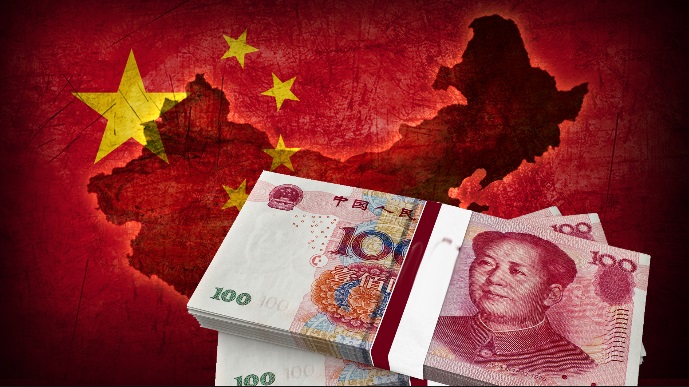China counts costs of tackling pollution – China costs pollution - Arhive
China costs pollution China costs pollution China costs pollution China costs pollution China costs pollution
China counts costs of tackling pollution
SHAOXING: Xie Shuijuan, a lifelong textile seller in Shaoxing, eastern China, says a clampdown by zealous officials on pollution caused by the local dyeing industry has boosted prices, squeezed her margins, and bankrupted some of her friends.
Yet she’s not opposed.
 “This river used to smell in the summer and garbage floated on the surface,” Xie said, sitting in her shop in a market built on a bridge spanning one of the water channels that crisscross the home of Asia’s biggest textile market. “Now, I can’t smell anything. I think this is the better way to go.”
“This river used to smell in the summer and garbage floated on the surface,” Xie said, sitting in her shop in a market built on a bridge spanning one of the water channels that crisscross the home of Asia’s biggest textile market. “Now, I can’t smell anything. I think this is the better way to go.”
China is embarking on a government-mandated environmental clean-up right down to the municipal level, prompted by popular outrage over everything from Beijing’s infamous smog to groundwater fouling, greenhouse gases and vehicle emissions. At the Communist Party’s own admission, the country’s pollution problem is “grave,” and officials now seem to recognise that breakneck growth at the expense of the environment is no longer sustainable.
“China’s need to curb pollution is a binding constraint on growth,” said Liang Hong, chief economist at China International Capital Corp in Beijing. “Still, China needs to fix environmental damage and that requires huge investment. So there’s also demand here.”
So far, as the government also tries to scrub the financial system and cool an overheating property market, growth is holding up. Gross domestic product data for the second quarter is due on July 17, with the median estimate in a Bloomberg survey projecting an expansion of 6.8%, just shy of the first quarter’s rebound performance.
Growth is expected to slow for a seventh straight year after averaging 10% for three decades through 2010. Policymakers are steering the US$11 trillion economy away from the older and dirtier drivers of manufacturing, exporting, and government infrastructure building.
Services accounted for more than half of output for the first time in 2015, and consumption is giving a bigger boost, contributing 77.2% to first quarter growth.
For the world, China’s nascent cleansing will provide evidence in the debate over whether environmental responsibility is a brake on the economy, or a spur. China has shut down steel mills and halted construction during severe smog episodes, and announced plans to reduce nationwide coal consumption. But without something to replace that activity, growth will suffer.
In Shaoxing, the water pollution clampdown since 2016 provides micro-level evidence of how the authorities are responding.
The coastal city of five million, 200 km southwest of Shanghai, is restructuring its lifeblood textile industry that for decades fouled the lakes and canals of the 2,500-year-old historic centre. Dye plants that once sat next door to homes, spewing effluent into the waterways, have now been moved to the outskirts of the city. This week, a swimmer could be seen doing the breast stroke in a canal near the city centre.
As a country that targets for everything from economic growth to population size, China also has set goals for air quality to forest coverage in its five-year plans. Crucially, local authorities have the power to be more ambitious – or heavy-handed in execution.
That matters even more now since the announcement of a reform this month that will mean environmental audits will count to a greater extent toward local officials’ promotion chances.— Bloomberg
